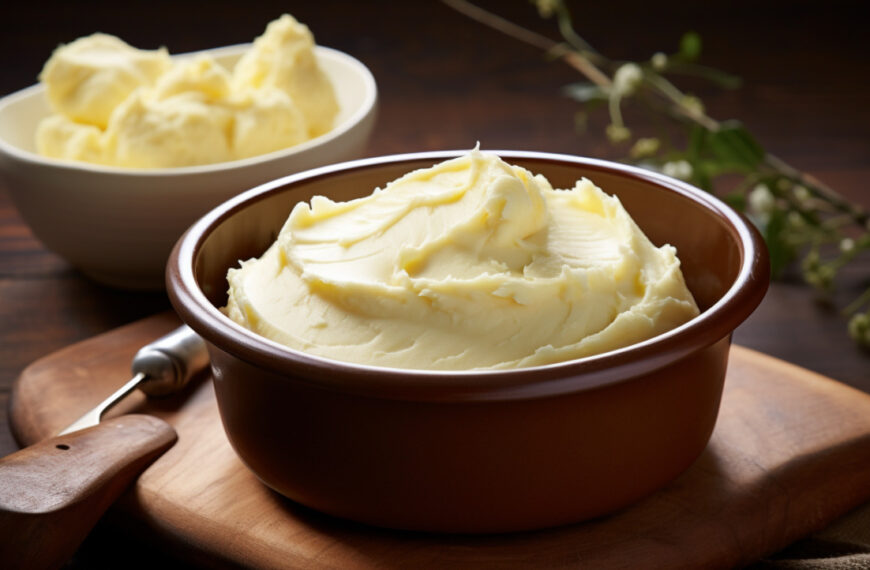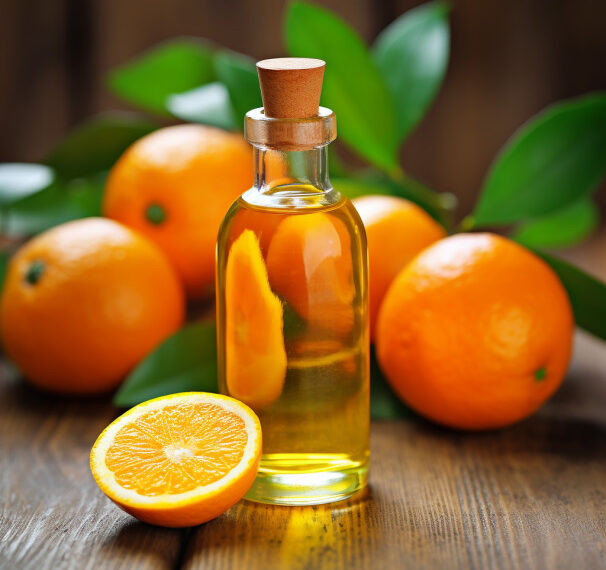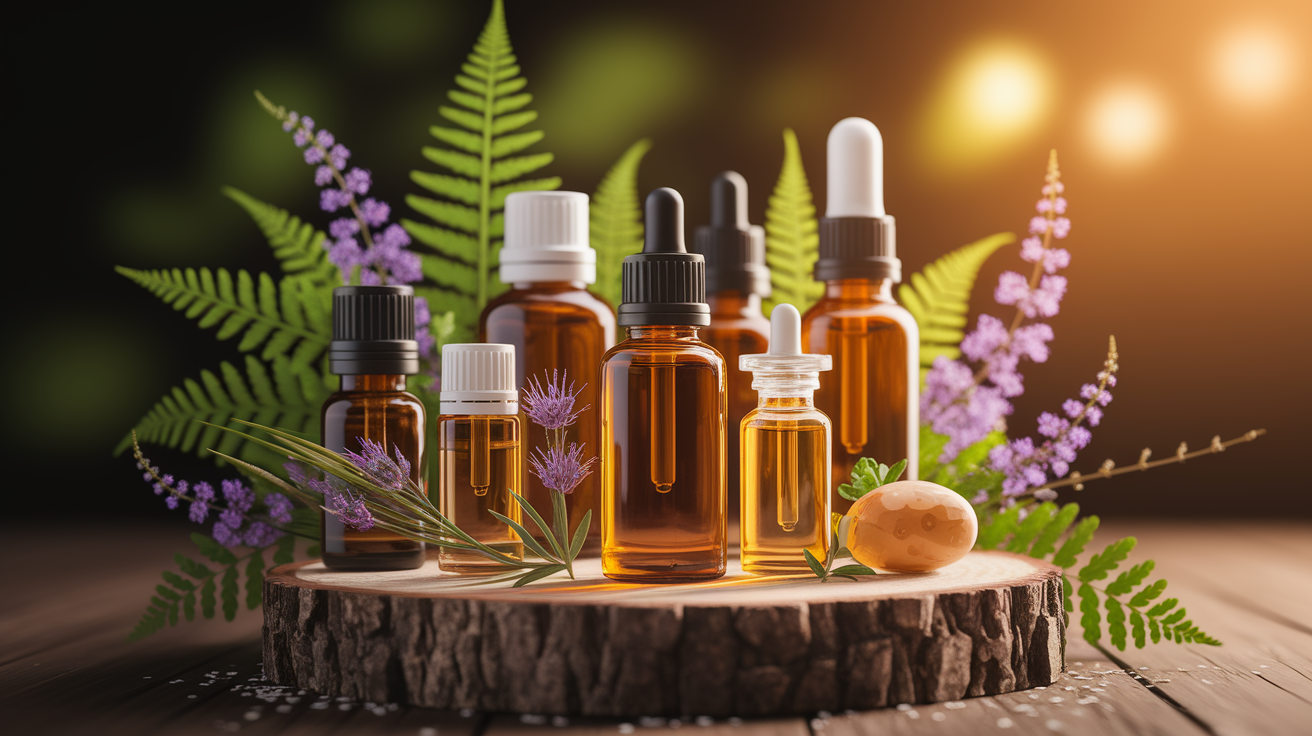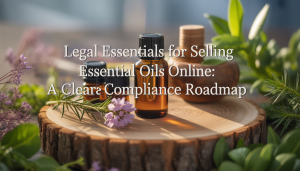Zap Your Toothache with Nature’s Best
Picture this: it’s 2 AM, and you’re lying in bed with a throbbing toothache that feels like someone’s taken a tiny hammer to your jaw. I’ve been there, and let me tell you, that’s when I truly appreciated the power of essential oils for toothache relief. These natural treasures have been helping people tackle dental pain for centuries, and there’s real science behind why they work so well.

Essential oils contain powerful compounds with analgesic, anti-inflammatory, antibacterial, and anesthetic properties that make them incredibly effective against various dental issues. When that pain hits and you need natural toothache relief, these oils can be your best friend. What I love most about using essential oils for tooth pain is that they don’t just mask the discomfort – they actually address multiple aspects of what’s causing your misery.
The best essential oils for toothache pain work by targeting inflammation, fighting bacteria that might be causing infection, and providing that blessed numbing sensation that gives you immediate relief. Whether you’re dealing with a cavity, gum disease, or just general dental pain, there’s likely an essential oil that can help.
Clove Oil: The Proven Toothache Killer
If I had to pick just one essential oil to have in my medicine cabinet for dental emergencies, it would be clove oil, hands down. This powerhouse has been used in dentistry since the 19th century, and there’s a very good reason why dentists still rely on its active compound today.

Clove oil contains eugenol, which acts as both an anesthetic and antibacterial agent. I remember the first time I used clove oil for a toothache – within minutes, that sharp, stabbing pain transformed into a gentle, manageable sensation. The eugenol literally numbs the nerve endings while simultaneously fighting off any bacteria that might be contributing to your pain.
What makes clove oil so effective for severe toothache is its ability to target pain at the tooth root and surrounding gum tissue. When you’re wondering how to use clove essential oil to kill toothache pain fast, the key is in its direct application to the affected area. This traditional home remedy for toothache has stood the test of time because it simply works.
The antibacterial properties of clove oil also make it excellent for preventing further complications. If you’re dealing with gingivitis or early signs of gum disease, clove oil can help stop harmful bacteria in their tracks while providing immediate pain relief.
Frankincense Oil: Anti-Inflammatory Ally
Frankincense oil might seem like an exotic choice, but this resin-derived essential oil from the Boswellia tree is absolutely remarkable for toothache relief. What sets frankincense apart is its unique ability to tackle inflammation at the cellular level by inhibiting the 5-lipoxygenase enzyme – basically, it stops the inflammatory process before it can really get going.

I’ve found frankincense particularly helpful for those deep, aching toothaches that seem to radiate through your entire jaw. Its therapeutic potential in dental diseases extends beyond just pain relief – it’s also fighting cavities and gum disease at the same time.
The anti-inflammatory essential oil properties of frankincense make it perfect for sore gums and dental abscesses. Unlike some other oils that primarily provide numbing, frankincense actually helps your body heal by reducing the inflammatory response that’s causing much of your discomfort.
What I love about frankincense is how gentle it is while still being incredibly effective. It’s one of those oils that works beautifully in essential oil blends for toothache, complementing stronger oils like clove while adding its own unique healing properties.
Lavender Oil: Soothing Pain and Stress
Here’s something interesting I discovered about lavender oil – it doesn’t just smell amazing, it actually changes how your brain perceives pain. Studies have shown that inhaling lavender oil can provide significant pain relief and reduce the need for traditional pain medications.

When I use lavender oil for toothache, I’m targeting two problems at once: the physical pain and the stress that comes with it. There’s nothing quite like dental pain to make your entire body tense up, and lavender’s ability to reduce both pain perception and stress-related tension makes it an incredible ally.
The anti-inflammatory properties of lavender also help soothe gum infections and reduce the swelling that often accompanies toothaches. I’ve found it particularly effective for wisdom tooth pain, where the inflammation and pressure can be overwhelming.
What makes lavender unique is its versatility – you can inhale it for immediate stress relief, apply it topically for anti-inflammatory benefits, or use it in combination with other oils for a comprehensive approach to pain relief. It’s also one of the safer essential oils for mouth pain, making it an excellent choice if you’re looking for a gentle yet effective option.
How to Use Essential Oils for Fast Relief
The key to getting fast relief from essential oils is knowing how to apply them safely and effectively. For direct toothache relief, I always dilute my essential oils with a carrier oil – never apply them neat to your gums or teeth. A few drops of your chosen essential oil mixed with a teaspoon of coconut oil, olive oil, or another carrier oil creates the perfect consistency for topical application.

For immediate relief, dip a cotton swab in your diluted oil mixture and gently apply it directly to the affected tooth and surrounding gum area. Hold it there for 30-60 seconds, allowing the oil to penetrate and start working its magic. You should feel the numbing and pain-relieving effects within minutes.
If you prefer a less direct approach, you can create an essential oil mouth rinse by adding 2-3 drops of your chosen oil to a cup of warm water. Swish this mixture around your mouth for 30 seconds before spitting it out – never swallow essential oil mixtures.
For those dealing with jaw tension and widespread pain, I recommend applying diluted oils to the jawline and temple area. Using essential oil rollers makes this application method incredibly convenient and ensures you’re getting the right dilution every time.
Inhalation can also provide relief, especially with oils like lavender. Add a few drops to a diffuser or simply inhale directly from the bottle for stress relief and pain management. Some people find that combining inhalation with topical application gives them the fastest and most comprehensive relief.
Safety Tips and Precautions
Let me be crystal clear about this – essential oil safety is non-negotiable, especially when you’re dealing with the sensitive tissues in your mouth. Always dilute your oils before applying them to your gums or teeth. Undiluted essential oils can cause chemical burns and severe irritation that will make your toothache feel like a gentle tickle in comparison.
If you experience any burning, excessive tingling, or irritation, you need to know how to neutralize essential oils on skin immediately. Never use water – it can actually spread the oil and make the irritation worse. Instead, use a fatty carrier oil like coconut or olive oil to dilute and remove the essential oil.
Peppermint oil deserves special mention here because while it’s excellent for dental pain, it can be particularly potent. If you’re using peppermint essential oil for toothache and experience irritation, you’ll want to know how to remove peppermint essential oil from your skin safely and quickly.
Pregnant women and children require extra caution with essential oil toothache remedies. Many oils that are safe for adults can be problematic during pregnancy or for young children. Always consult with a healthcare provider before using essential oils if you’re pregnant, nursing, or treating a child’s toothache.
Some essential oils should be avoided entirely for dental use. Cinnamon oil, for example, can be extremely irritating to mucous membranes. Stick with well-researched options like clove, frankincense, and lavender for the safest and most effective results.
Remember, essential oils are powerful tools, but they’re not magic. If your toothache persists for more than a few days, becomes severe, or is accompanied by fever or swelling, you need to see a dentist. Essential oils are excellent for managing pain and supporting healing, but they can’t fix structural dental problems or serious infections.
Bottling Your Relief: Next Steps
Now that you know which essential oils can zap your toothache pain, it’s time to put this knowledge into action. Start by building a basic dental emergency kit with clove, frankincense, and lavender oils, along with a good carrier oil like fractionated coconut oil.
Keep your essential oil toothache kit in an easily accessible place – you don’t want to be hunting through cabinets when pain strikes at 2 AM. I recommend pre-mixing a small bottle of your favorite combination so it’s ready to go when you need it.
Remember that while these natural remedies can provide incredible relief, they work best as part of a comprehensive approach to oral health. Regular dental check-ups, good oral hygiene, and addressing dental issues promptly will help prevent many toothaches from occurring in the first place.
Essential oils have given me – and countless others – relief when we needed it most. Whether you’re dealing with a sudden toothache or looking for natural ways to support your oral health, these powerful plant medicines can be invaluable allies in your wellness toolkit.












